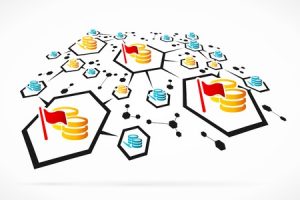Our previous blog discussed the details of “Local Backup of Data and System Data.”
[responsive] [/responsive]
[/responsive]
Information About Backup and Disaster Recovery – Part 5
For this blog, we discuss “Local and Cloud Backup of Data Only.”
This method is becoming more popular as businesses depend more and more on their computers to manage their sensitive data. Like the cloud backups, pricing is usually determined by the amount of data to be backed up. In this situation, the backup is done from the computer to a local backup device that can also encrypt the backup data. This is very fast depending on the interface (i.e. ISCSI, USB 3.0).Once the backup is complete, the backup unit transfers the data from the backup unit to the remote site.
Local and Cloud Backup of Data Only Benefits and Downsides
Benefits:
• Backup is fast.
• Backup is encrypted.
• A local restore can be done very quickly.
• You don’t have to take the backup unit offsite.
• If a disaster strikes your office, there is a backup of the backup in a secure offsite location.
• Many vendors also replicate your backup data to several geographical sites. This is important because if the vendor suffers a disaster, the remote sites will preserve you data.
Downsides:
• Price. Many times it is very costly; however, some vendors are starting to reduce prices.
• Bandwidth. Like the cloud backups, the full backups can sometimes take days to get the first complete backup to the final destination.
• If the computer should suffer a disaster, a new computer must be fully prepared and loaded with system software, application software, etc., before the restore can begin.
• If the data restore has to originate from the Cloud, it could take many days to restore your computer. However, some vendors will now send you a new local device so that you can restore your data more quickly.
Brought to you by:
George M. Baldonado
President & CEO, Oasis Technology, Inc.
